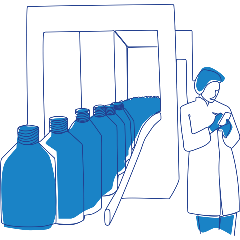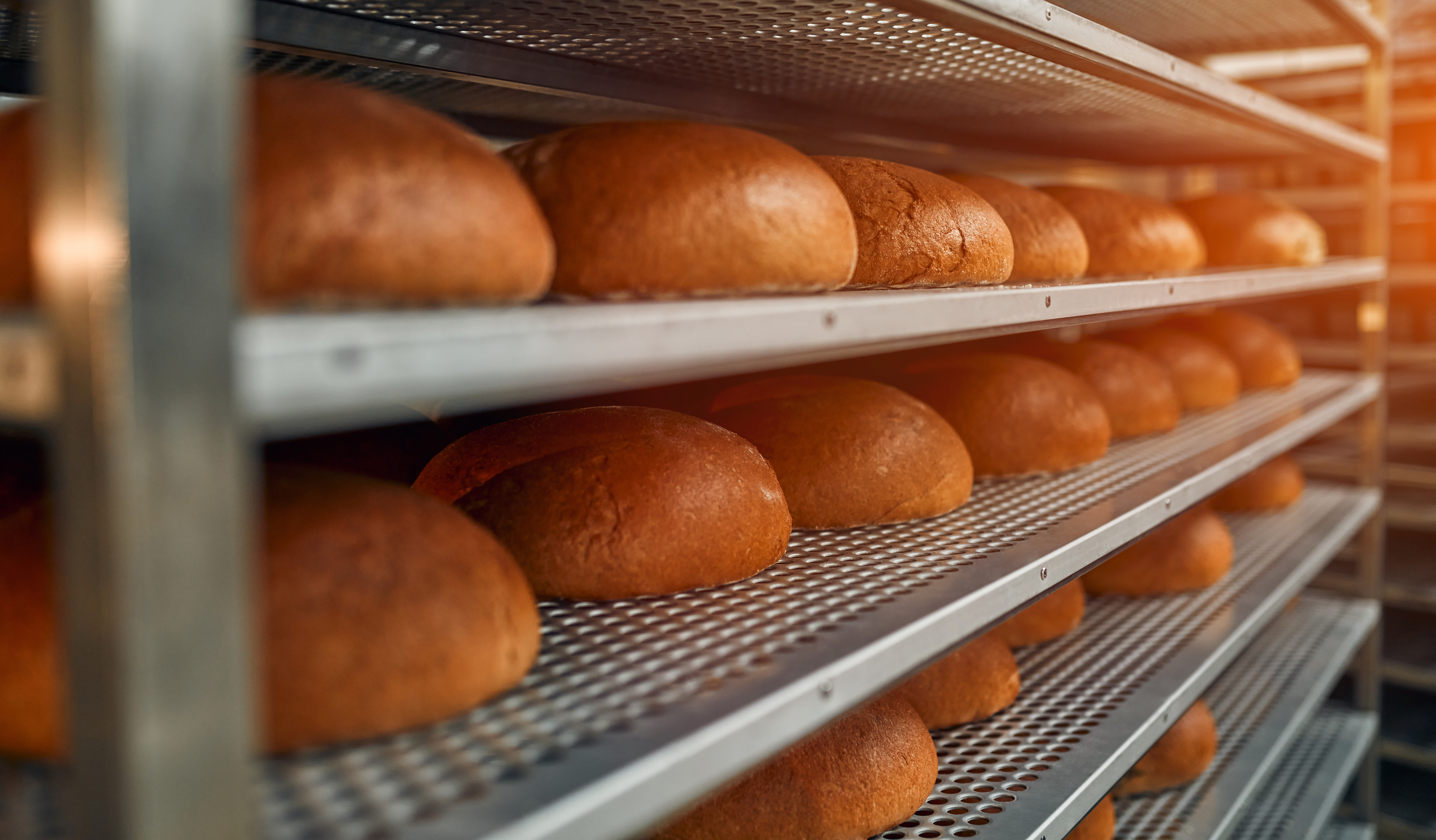How Are HACCP and SQF Used Together?
Ensuring Food Safety and Quality with SQF and HACCP 
HACCP (Hazard Analysis and Critical Control Points) and SQF (Safe Quality Food) are both systems designed to ensure the safety of food production. While they are separate systems, they work together to provide a comprehensive approach to food safety and quality.
HACCP is a systematic approach to identifying and controlling food safety hazards. It involves identifying potential risks, determining critical control points, and establishing monitoring and controlling procedures. The HACCP system is a preventative approach to food safety, which focuses on identifying and preventing hazards before they occur.
SQF is a food safety management system that is designed to provide a framework for food safety and quality management. It involves developing and implementing a comprehensive set of policies, procedures, and controls based on risk to ensure that food products are safe, consistent, and of high quality.
When HACCP and SQF are used together, they can help to create a comprehensive food safety and quality management system. HACCP is the foundation that provides a detailed approach to identifying and controlling food safety hazards, while SQF supports the broader framework for managing all food safety and quality programs. By working together, these systems can help ensure that food products are safe, consistent, and high-quality.
HACCP Background
HACCP (Hazard Analysis and Critical Control Points) is a food safety management system that is designed to identify and control potential hazards in the food production process. The HACCP system focuses on identifying critical control points (CCPs) in the food production process where hazards, if otherwise left uncontrolled, would pose a risk to food safety.
HACCP (Hazard Analysis and Critical Control Points) was developed by a team of scientists and engineers in the late 1950s and early 1960s, in collaboration with the Pillsbury Company, the U.S. Army Natick Research Laboratories, and the National Aeronautics and Space Administration (NASA). The goal was to ensure the safety of food products for astronauts during the early years of the space program.
The development team used a systematic approach to identify and control potential hazards in the food production process, and the resulting HACCP system has since been adopted as a standard for food safety management worldwide.
HACCP Development and Implementation
Today, the development and implementation of HACCP plans for production sites are overseen by regulatory bodies, such as the U.S. Food and Drug Administration (FDA) and the European Union's Food Safety Authority (EFSA), as well as industry organizations, such as the International HACCP Alliance and the Codex Alimentarius Commission. These organizations provide guidance and training on HACCP implementation and best practices to ensure the safety of food products.
SQF Requirement and HACCP
The SQF (Safe Quality Food) Certification food safety management system uses HACCP principles to manage food safety risks throughout the food production process. SQF Certification requires that companies implement an effective HACCP-based food safety management system that identifies potential hazards and outlines control measures to mitigate them. A strong food safety culture and management commitment to food safety must support the HACCP plan.
SQF Certification also requires ongoing monitoring and verification of the HACCP plan to ensure that it effectively controls hazards and maintains food safety. This includes regular testing and validation of the HACCP plan and corrective actions taken as necessary.
HACCP Training
SQF (Safe Quality Food) owns no HACCP (Hazard Analysis and Critical Control Points) training. However, SQF provides guidance and training on implementing HACCP-based food safety management systems as part of its certification program.
SQF encourages HACCP training and certification courses through its licensed training centers. These courses are designed to help companies understand the principles of HACCP and how to apply them in the development and maintenance of their food safety management systems and the training includes information on developing HACCP plans, identifying critical control points, establishing control measures, and monitoring and verifying the effectiveness of the HACCP plan.
When shopping for HACCP training courses, look for courses that provide instruction on the principles and application of a HACCP system based on the Annex of the Codex Alimentarius Commission General Principles of Food Hygiene such as those recognized by the International HACCP Alliance, which sets the standards for HACCP training and education in the US.
In addition to the referrals to HACCP training, SQF also provides training on other food safety management systems, such as food defense and supplier management, to help companies meet the requirements of its certification program and ensure the safety and quality of their food products.
In summary, HACCP is a food safety management system that focuses on identifying and controlling potential hazards in the food production process. SQF Certification uses HACCP principles to manage food safety risks throughout the food production process. SQF Certification requires companies to implement an effective HACCP-based food safety management system and regularly monitor and verify its effectiveness.
Download our eBook below titled, "How are HACCP and SQF Used Together?" to learn more about how HACCP and SQF ensures the safety of food production.
Recent Blog Posts
The FMI Foundation, in partnership with SQFI, awarded 19 scholarships from 152 applications for the 2025-2026 Food Safety Auditing Scholarship program.
Private brands in the grocery industry are experiencing significant growth, evolving from budget alternatives to strategic assets that drive customer loyalty and distinguish retailers.
Recall prevention means embedding food safety throughout your operations so those failures never reach the customer.




